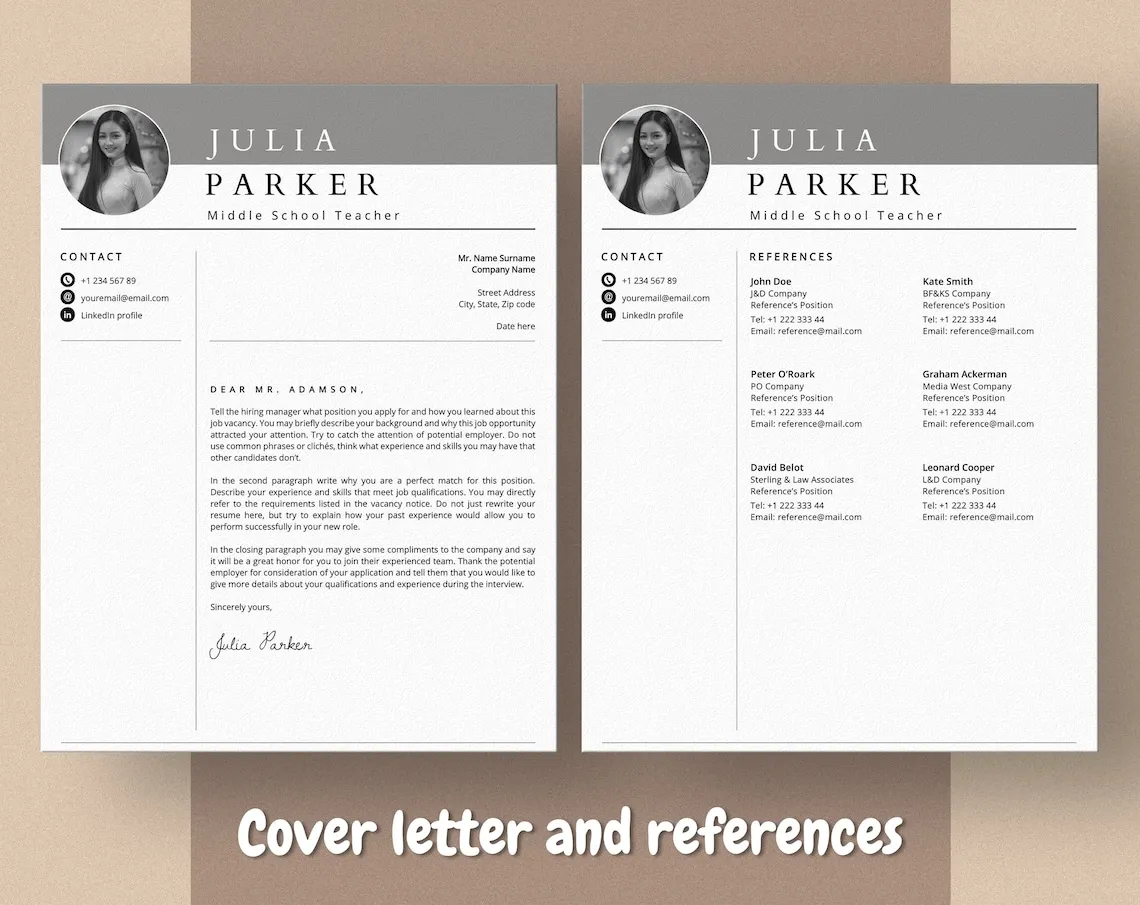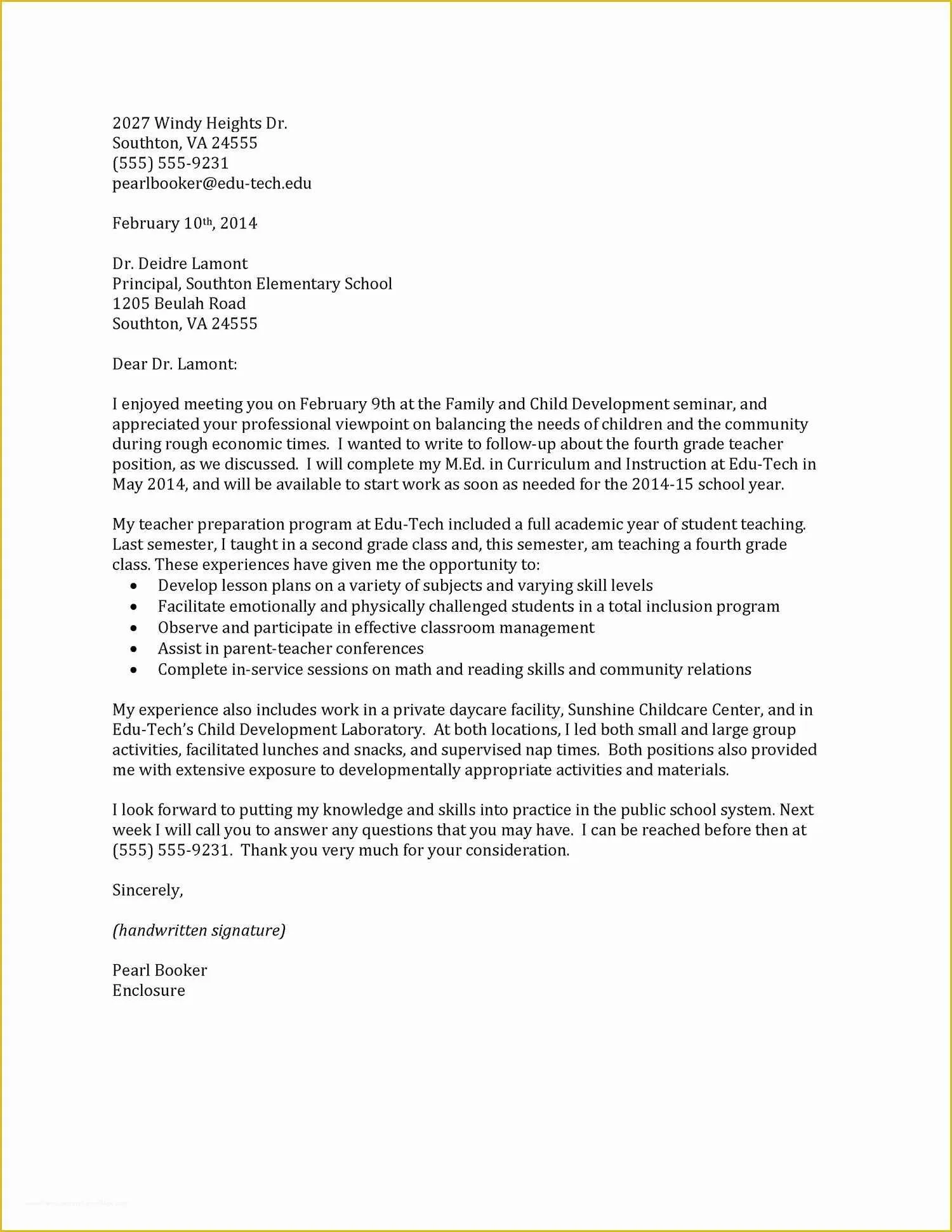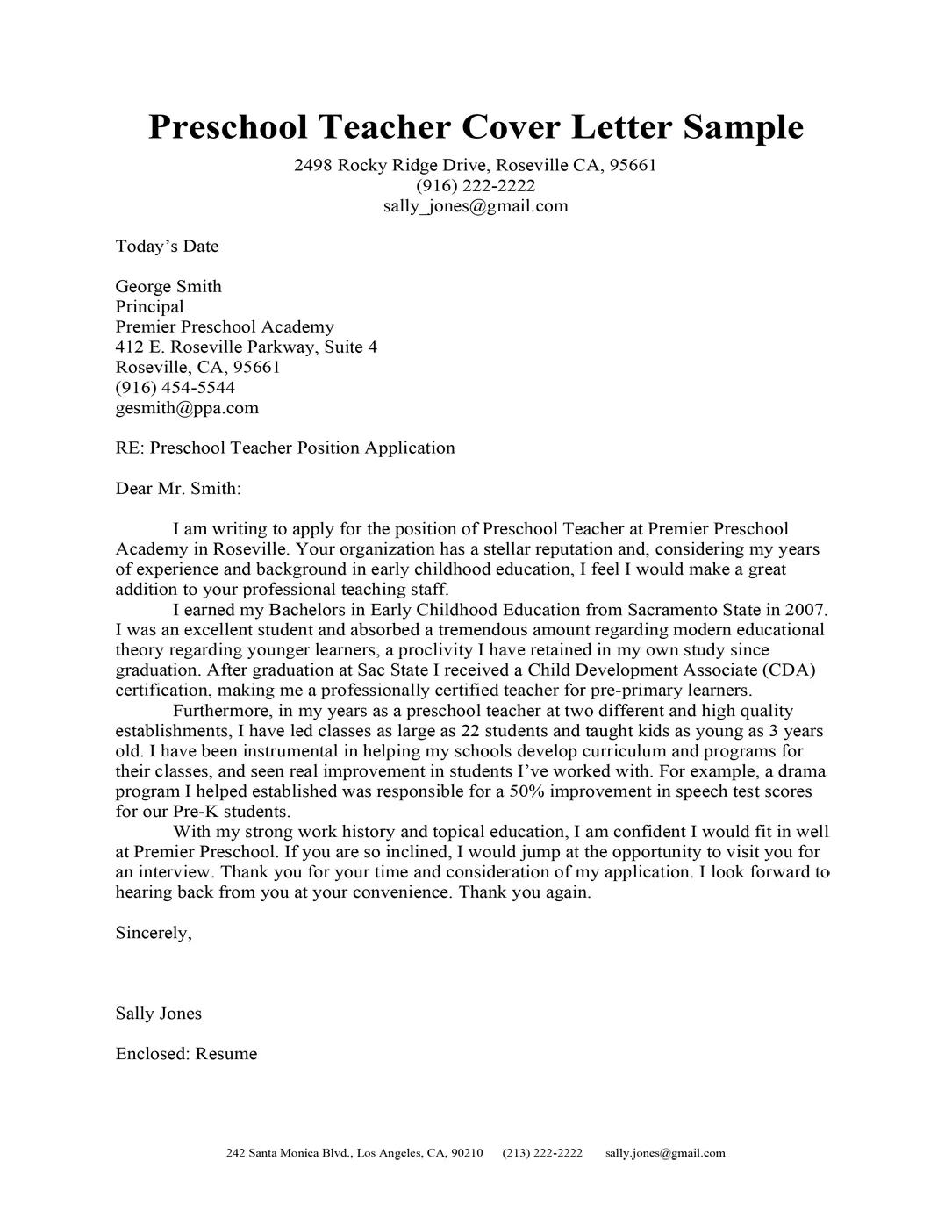Highlighting Your Skills Teacher Cover Letter
A sample cover letter for a teacher’s resume is a crucial tool for showcasing your abilities and securing a teaching position. To make yours stand out, you need to effectively highlight your skills. Start by identifying the key skills required for the specific role, such as classroom management, curriculum development, lesson planning, and communication. Then, in your cover letter, provide concrete examples of how you’ve successfully utilized these skills in the past. Did you successfully implement a new classroom management strategy that improved student behavior? Did you create an engaging lesson plan that boosted student test scores? Quantify your accomplishments whenever possible to demonstrate your impact. Tailoring your skills to match the job description is equally important; carefully review the requirements and emphasize the skills that align with the school’s needs.
Showcasing Your Experience Teacher Cover Letter
Your experience forms the bedrock of your teacher cover letter. A compelling cover letter goes beyond listing your past roles; it actively demonstrates how your experiences have shaped you into a capable educator. Begin by selecting the most relevant experiences, focusing on those that directly relate to the position you’re applying for. Instead of just stating your job titles, provide detailed descriptions of your responsibilities and achievements. Use the STAR method (Situation, Task, Action, Result) to structure your examples, vividly illustrating the challenges you faced, the actions you took, and the positive outcomes you achieved. For instance, instead of saying, ‘I taught fifth grade,’ elaborate on how you developed and implemented a differentiated learning program that catered to diverse student needs, leading to a measurable improvement in student engagement and understanding. Remember to showcase your growth and adaptability throughout your career.
Formatting Your Teacher Cover Letter

Formatting is an often-overlooked aspect, yet it significantly influences the readability and professionalism of your teacher cover letter. Choose a clean, professional font like Times New Roman, Arial, or Calibri in a standard size (11 or 12 points) to ensure easy reading. Maintain consistent formatting throughout the document, including consistent spacing, margins, and bullet points. Divide your cover letter into clear sections, such as an introductory paragraph, body paragraphs highlighting your skills and experience, and a concise conclusion. Use headings and subheadings to break up large blocks of text and guide the reader’s eye. A well-formatted cover letter is not only visually appealing but also demonstrates your attention to detail and organizational skills, qualities highly valued in educators. Avoid excessive use of bolding, italics, or underlining, which can make the document appear cluttered. Ensure your letter fits on one page; recruiters often have limited time to review applications.
Personalizing Your Cover Letter Teacher
A generic cover letter will likely end up in the rejection pile. Personalization is the key to making your application stand out. Research the school or district and address your letter to the hiring manager by name, if possible. Mention specific aspects of the school’s mission, values, or programs that resonate with you and explain why you’re a good fit. Demonstrate that you’ve taken the time to understand their needs and that you’re genuinely interested in the opportunity. In your cover letter, highlight experiences or skills that align with the school’s specific requirements, mentioned in the job description. Tailor your language and tone to reflect the school’s culture. Showing a genuine enthusiasm for the school and the students will make a memorable impression and increase your chances of getting an interview. This personalization shows that you’re not just sending out mass applications; you’re specifically targeting this position.
Opening Paragraph Strategies Teacher Cover Letter
The opening paragraph is your first, and often only, chance to make a strong impression. Avoid generic phrases like ‘I am writing to express my interest.’ Instead, start with a compelling statement that immediately grabs the reader’s attention. Consider mentioning a mutual connection or a specific achievement. Briefly state the position you’re applying for and where you saw the job posting. Then, immediately highlight one or two key skills or experiences that make you a strong candidate. This could be a successful teaching methodology you’ve employed, a unique skill, or a significant achievement. Be enthusiastic and show your personality in this first paragraph, but keep it concise. Your opening should provide a clear roadmap of what you’ll discuss in the rest of your letter, setting the stage for a positive reading experience. Aim to hook the reader from the start.
Body Paragraph Essentials Teacher Cover Letter

The body of your teacher cover letter should elaborate on the points you introduced in your opening paragraph. Each body paragraph should focus on a specific skill, experience, or accomplishment. Use specific examples to demonstrate your capabilities, providing concrete evidence of your abilities. Quantify your achievements whenever possible, for example, mentioning the percentage increase in student test scores or the number of students you mentored. Use action verbs to describe your experiences, such as ‘developed,’ ‘implemented,’ ‘managed,’ and ‘collaborated.’ Connect your skills and experiences to the needs of the school or district, showing how you can contribute to their success. Organize your paragraphs logically, ensuring a smooth flow of information from one point to the next. Aim for a balance between showcasing your skills and demonstrating your passion for teaching.
Closing Your Cover Letter Effectively Teacher
The closing paragraph is your final opportunity to reinforce your interest and make a lasting impression. Reiterate your enthusiasm for the position and the school, and thank the hiring manager for their time and consideration. Clearly state your availability for an interview and how you can be reached. Avoid simply repeating information already mentioned in the letter. Instead, summarize your key qualifications and reiterate your commitment to the role. End on a positive and confident note, expressing your eagerness to contribute to the school’s success. Proofread the entire cover letter, including the closing paragraph, to ensure there are no errors in grammar, spelling, or punctuation. Remember to include your contact information, ensuring the hiring manager can easily reach you. A strong closing paragraph will leave a positive and memorable impression, increasing your chances of getting a job offer.
Proofreading and Editing Teacher Cover Letter
Before you submit your teacher cover letter, take the time to proofread and edit it meticulously. Errors in grammar, spelling, and punctuation can undermine your professionalism and reduce your chances of getting an interview. Start by reading your cover letter aloud to catch any awkward phrasing or typos. Use grammar and spell-checking tools, but don’t rely on them completely; they might miss subtle errors. Have a friend or colleague review your cover letter to provide an objective perspective and catch any mistakes you might have missed. Pay attention to sentence structure, ensuring that your sentences are clear, concise, and easy to understand. Check for consistency in formatting, such as font size, margins, and spacing. Revise your writing to ensure your message is communicated clearly and effectively. A polished, error-free cover letter will demonstrate your attention to detail, a crucial quality for teachers.
